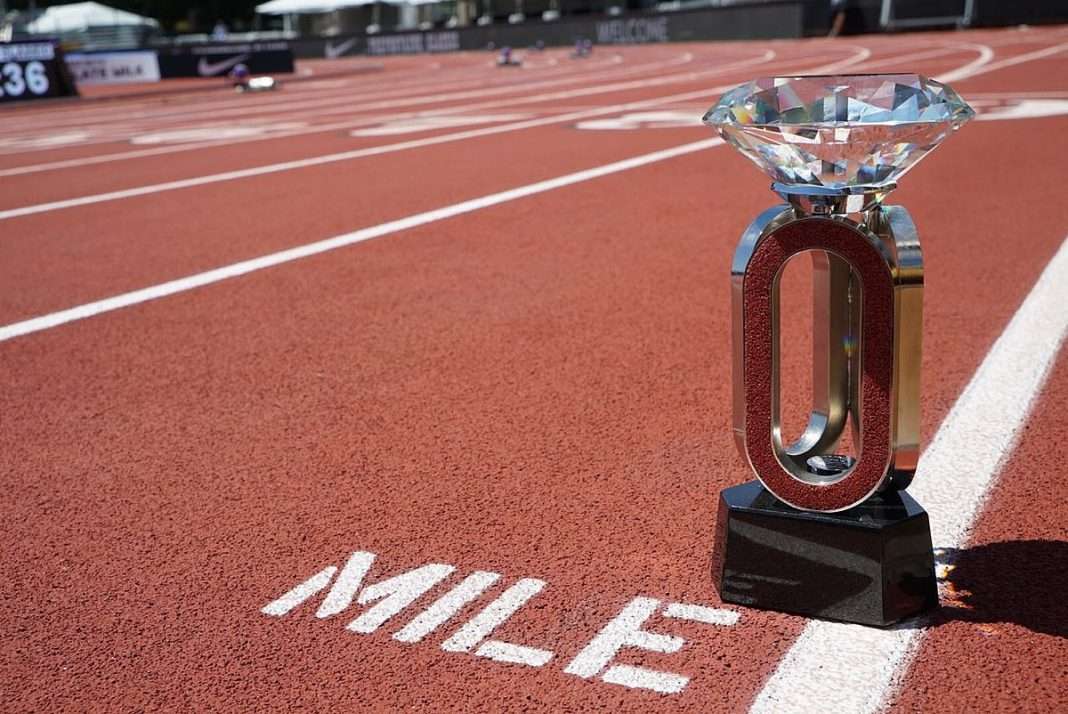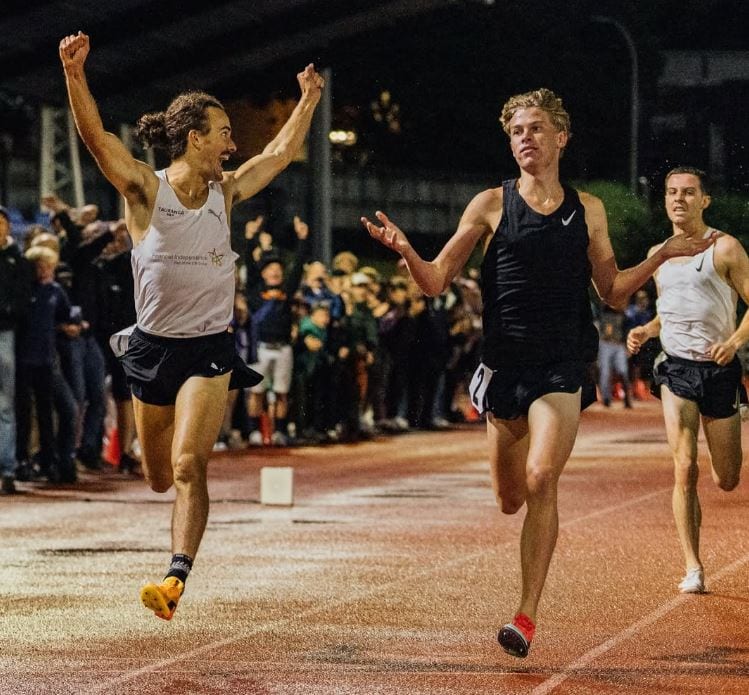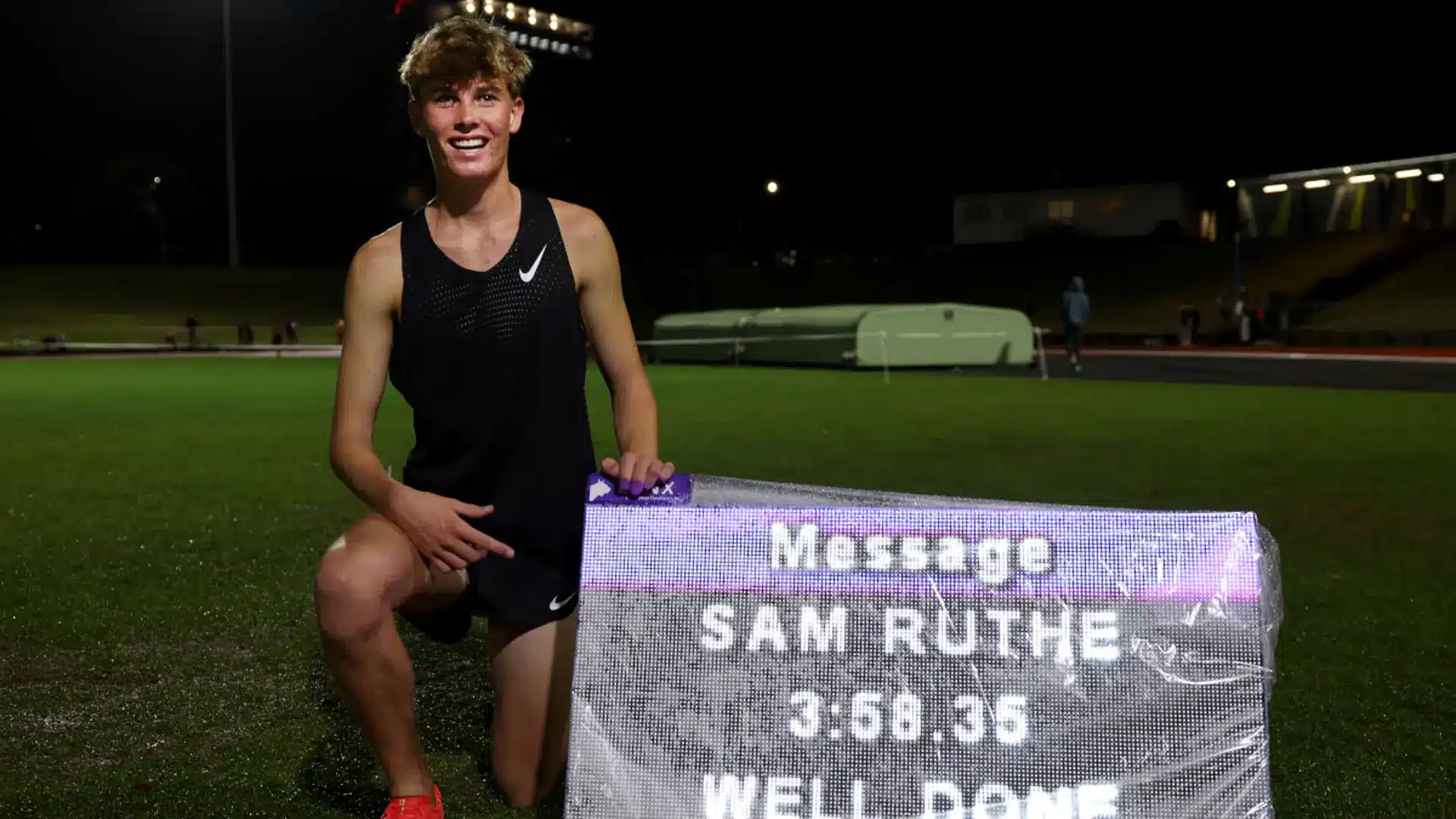We are drawing ever closer to Tokyo25. The qualifying window closes on Sunday 24 August. The Diamond League final in Zurich some days later will determine which athletes get a wild card invite into the championships (spoiler: if you’re in the final you probably have no need of a wild card.

Somewhere in that period invitations will go to the athletes who qualify for Tokyo via the World Athletics rankings (or, rather, to their national federations) and, if needed, national selectors will meet to decide final composition of their teams.
All in all, it’s an “It’s beginning to look a lot like Christmas” sort of vibe. Except, as we should be seeing things more clearly, it’s actually becoming more hazy.
It’s the rankings system that’s to blame, I reckon. World Athletics introduced it for the Doha 2019 world championships, the centrepiece of a two-tier system which would see quotas introduced for each event and then qualification partly via a tougher automatic standard and the remainder via rankings.
The aim was to have half the field qualify via standard, the remaining half by event ranking. How’s that tracking (or fielding), you ask. Not all that well, especially in middle distance events. Almost the entire quota in men’s steeple, men’s 800 and 1500, and men’s and women’s 5000 will be filled by athletes with the automatic standard.
There was also a lot of aspirational talk about how the revised qualification system would support World Athletics events and series – Diamond League, Continental Tour meetings, and so on – and generate publicity as fans watched the qualification race proceed.

Except it hasn’t. Embedded fans of the sport – that’s me – may pore over the weekly lists detailing how athletes are faring against the standard or on the ranking and ponder what the athletes need to do to amass the extra points to get into the quota. But if there’s been more than a handful of stories generated directly by the rankings to the wider sports world I must somehow have missed them.
Rankings points are awarded on performance – using statistical tables generated from thousands of results over many years – and on position in the competition. Points also vary on the level of competition – major championships, national championships, Diamond League, international meetings, national meetings – but only if they are on the World Athletics calendar (a hurdle which tripped a performance earning world-wide acclaim as you will see below).

Several assumptions are built into that which compromise the system from the very start, for example, that all area and national championships are of equal value. Of course, they aren’t, but for rankings performances you get as many placing points for winning the Jamaican 100 metre championship as you do for winning the Ethiopian javelin title, as many for winning at the Oceania championships as at the Europeans.
And it’s far easier to access the higher tiers of competition if you are based in Europe or North America than almost anywhere in the rest of the world. But that’s the system we’ve got and it doesn’t seem as if change is in the air.
Related to the rankings system, World Athletics rationalised its competition calendar. To qualify for rankings points meetings have to have a permit. All well and good, by and large. But they also have to be on the calendar 60 days in advance. If you don’t fulfil this requirement, performances at the meeting may be statistically valid, but they woun’t count for rankings purposes.
This came to your columnist’s attention under bizarre circumstances. You may have heard the New Zealand teenager Sam Ruthe became history’s youngest sub-four minute miler earlier this year when he ran 3:58.35 in Auckland a few weeks before he turned 16. But on the entry lists for the Prefontaine Classic his PB appeared as 4:01-point-something.

Further enquiries revealed that the meeting at which young Sam achieved his sub-four was not on the World Athletics calendar. So, the whole world knows he ran sub-four at a properly officiated meeting, but because of the 60 days’ notice requirement the performance is invalid.
My other beef with the rankings system – especially given its role in world championships qualification – is that it is updated just once a week. I suppose there might be a valid reason, but if results go into the World Athletics system with little delay it should be possible to update the rankings too.
Anyway, that’s the ‘bad’ haze obscuring the world championships picture. There’s also a ‘good’ haze in that it is no clearer how final Australian selection will work out. The events – chiefly middle-distance – which were in doubt after the domestic season, remain in doubt. There are still greater numbers of qualified athletes – some in more than one event – than will fit into the team.
It’s a good problem to have, of course, but that doesn’t make it any easier to resolve. The hard work starts when the qualifying window closes.
